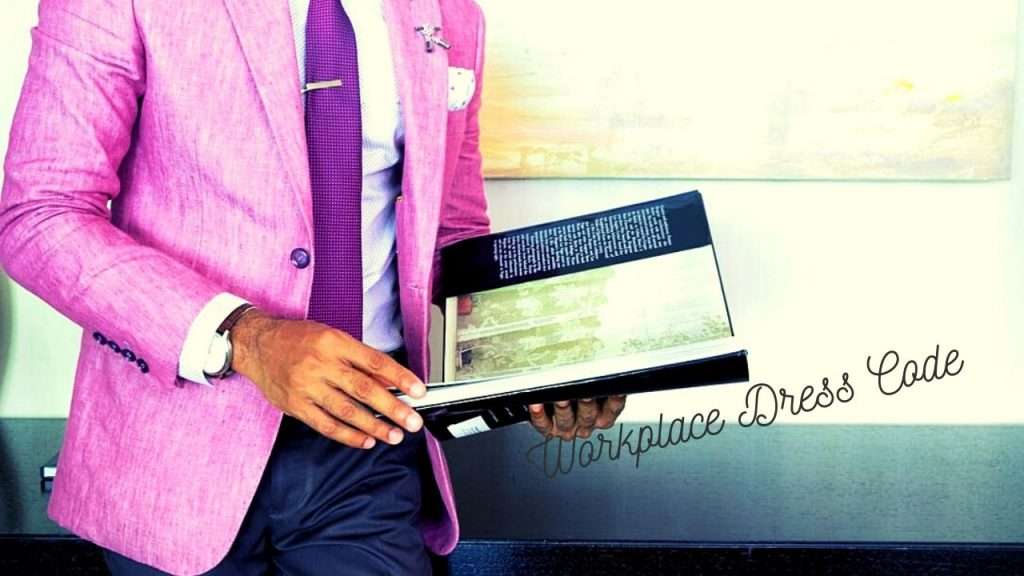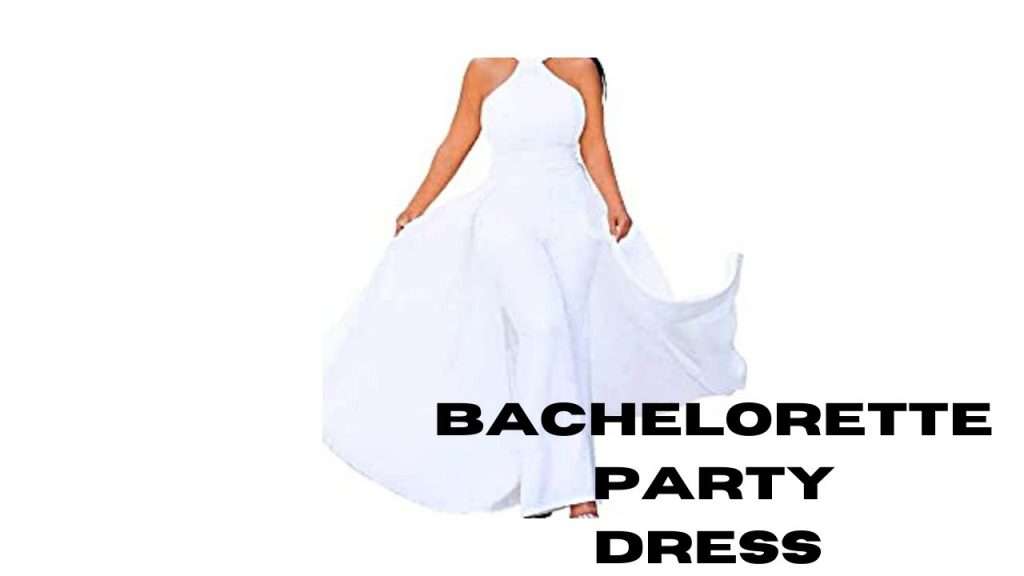Business clothing has evolved dramatically over time, particularly in the last two decades. Too many people have forgotten the significance of good professional clothing. Several businesses want to allow and even encourage employees to dress comfortably.
In the professional world, it’s crucial to dress appropriately because you never know when you’ll be forced to meet with someone from outside your organization. To this outsider, your image will be remembered as the image of your organization. This image and message must be professional in business relations.
The way people dress affects how they are judged. It’s all about how you look. Do you dress in the manner in which you would like to be addressed? Clean clothes, correctly pressed garments, clean and polished shoes, and decent personal hygiene, on the other hand, will always help to improve the impressions others have of you.
What Does It Require To Dress Appropriately For Work?
The basic requirement is to make certain that you are familiar with your workplace’s overall dress code. Consult your coworkers if you’re unsure. If you’ve got the chance to meet them, take note of what your new employees are wearing.
If you know your workplace is more open, you’ll have more options for your professional outfit. Perhaps they dress down on Fridays and dress up the rest of the week. You might be required to wear a uniform at your new job, in which case you won’t have much of an option in terms of what you wear.
Keynote
It’s best not to test out your most daring fashion choices right away, even if you know you could easily walk into work wearing a head-to-toe tracksuit. For the first few weeks, stick to the philosophy of emulating your coworkers’ styles.
Copy the styles of those around you until you gain a better understanding of what you should wear. This is especially true if you are attending an interview. The last thing you want is for your appearance to distract the interviewer. Accessories and jewelry should be kept to a minimum.
Some Examples of Appropriately Dress For Work
Are you looking for work dress code examples? These sample dress code regulations can be used to tell employees how they should dress for work. Employees enjoy advice on how to dress professionally in the office. Particularly if you explain the dress code your team has chosen.
1. Business Casual
Business casual is a popular dress code in North America that allows employees to express themselves while remaining professional. Color and accessories will be much more prominent in a business casual situation.
- A leather-band watch is one of the more casual accessories.
- Shoes in brown or black, such as oxfords, loafers, or any comfortable yet dressy option. Sneakers are to be avoided.
- Allowing for longer hairstyles (check with HR).
- Clean, short nails are recommended.
- Colors should be limited, but nails should be well-kept.
- Instead of wearing a full suit, opt for business separates like a skirt with a cardigan or jacket.
2. Casual
If you’re lucky enough to work in a laid-back environment, the key is to keep your attire from becoming too casual or too creative. According to a Salary.com poll, your coworkers and employers make particular judgments about your capability based on your clothing.
- Watches in vivid colors are examples of casual accessories.
- Clean shoes. Sneakers and loafers are both typically acceptable.
- Knee-length skirts should be worn.
- It is acceptable to wear open-toed footwear. Sneakers and flip-flops should be avoided.
- Scarves, for example, are informal accessories. Rings, bracelets, earrings, and necklaces that are larger and of higher quality are acceptable.
- Hairstyles, lengths, and colors have more leeway. Styles and colors that are more daring are usually acceptable.
3. Business Formal
You may be asked to dress “business formal” or in “boardroom clothing” if you work in law, routinely meet with executives, or otherwise occupy a high-level position. This is the pinnacle of professional attire.
- Shirts with a white collar and a button-up front.
- Closed-toe oxfords in brown or black, not loafers, should be worn.
- A fitted suit in a solid, neutral color like black, gray, or blue, with one, two, or three buttons.
- Button-up shirts in white with a collar.
- Heels with a closed toe in a neutral color like taupe, black, grey, or brown.
- Tights in a dark color, ideally.
4. Business Professionals
Business professional clothing is a step down from business formal, but it is still tidy, conservative, and traditional, albeit with a bit more leeway in terms of color and design. “Traditional business” is another term for a business professional. Expect to maintain a professional demeanor daily while adding flair to your clothing through accessories and color choices.
- If necessary, high-end accessories include watches (ideally silver, gold, or white gold) and cuff links.
- Shirts should be collared button-ups with a conservative color palette. However, they can be colorful. Blue, burgundy, or gray are all good choices.
- Shoes should be black or brown oxfords or polished loafers in a modest color scheme.
- Shirts with a collar can be any solid color.
- Socks in a dark or neutral hue.
Tips On How To Dress For Success At Your Workplace
1. Demonstrate confidence
The way you carry yourself reflects the level of trust you have in others. What you wear also reflects your confidence. When you enter a room full of people, your goal should always be to exude confidence and aggressiveness. You feel confident about yourself when you are at ease in a certain outfit. As a result, let your clothing play a role.
2. Be clean and fresh even on casual occasions.
Paying attention to details is important not just in formal attire but also in the workplace’s informal dress code. By staying nice and clean and wearing freshly ironed clothes, you give the idea that you value your work and career. If your friends are dressed casually and aren’t well-groomed, don’t follow their lead; instead, stay groomed and stick out when a superior goes by.
3. Organize your wardrobe
Avoid wearing clothes that do not match the workplace or do not fit you well when rushing to get to work. As a result, you must keep your closet in order.
You must organize your garments according to their suitability for the workplace and store them in the specified area. You won’t have to struggle in the morning to find anything appropriate to wear to work.
4. Fragrance and light make-up
For the office, make-up should be light and natural. Make sure your makeup is suitable for the day and don’t go overboard with the amount you use. When spraying perfume, keep in mind that while you may not be able to smell it, others will, so keep it mild.
5. Beware of casual Fridays.
Some companies provide Casual Fridays as an employee bonus or benefit. It’s a fantastic benefit. However, I’ve seen employees lose their casual Friday privileges because some employees went too far with their wardrobes and failed to maintain professionalism in the office.
It is not acceptable to wear gym clothes, flip flops, shorts, holy jeans, or sloppy shirts to work on a Friday. Wear nice jeans, a business casual shirt, and acceptable shoes if you’re lucky enough to have casual Fridays or the choice to wear casual clothing to work.
6. Follow your superiors rather than your peers
Getting a sense of what is appropriate attire by noting what your superiors wear and imitating them is one of the best learning routes to take. Maybe everyone else at work is wearing jeans, but you’re following your boss’s lead and wearing pants.
This will undoubtedly show your bosses that you are more dedicated to your work, and your demeanor will indicate that you are a more likely candidate for advancement.
7. Understand your industry
Clothing for the office has become a little more casual in a few occupations since the internet’s introduction, while others have remained conservative. Remember to dress professionally to match your position.
When you go shopping, keep in mind your company’s dress code, whether it’s casual, fashionable, or conservative. You can dress in a variety of ways depending on the dress code of your workplace.
8. Pay attention to colors
Colors convey a distinct message and have their influence. Your message will be conveyed based on how well you fit them together. Dark colors, such as black, navy, and dark gray, suggest psychological power, knowledge, responsibility, and success. Cleanliness, formality, and sophistication are all attributes associated with white. Pastels are associated with tenderness and softness.
Why not go with white? That is an excellent question. It’s challenging to keep whites looking neat. If you want to buy something white, get one basic short- or long-sleeved shirt or blouse in a classic design and fit. buttoned-down
9. Pay close attention to the small details.
If you want to dress for success, you must pay attention to the details. Accessories are one of the best ways to convey that you’re paying attention to the small stuff. Wearing a great watch may help elevate your look, no matter what the dress requirement at your workplace is.
Small accessories, such as cuff links or a handkerchief, can make a man look much more presentable. While jewelry can be a terrific way to add details to an outfit, it should not be a distraction. Wear a single huge piece or a few little, delicate bits.
10. Be the reflection of your company’s image.
When you have to interact with an outsider about a business deal that a prospect wants to do with your firm, your professional attire is crucial. Your attire reflects the image and standing of your organization. Even if the meeting is in a casual atmosphere, dress formally.
11. Purchase high-quality footwear.
Wear footwear that you feel at ease in while working, is suited for the job, and reflects your career. Flip-flops and heels are not appropriate for the workplace. Both men and women should wear formal shoes. For casual days, men’s and women’s sneakers and wedge heels should be appropriate.
What Does the Workplace Dress Code Look Like?
The goal of adopting a dress code for a firm is to allow employees to create a professional, business-like image while also enjoying the benefits of more casual and relaxed clothes.
They usually utilize broad phrases like “business professional,” “business formal,” “business casual,” or “casual” in most circumstances. You can dress for success by learning more about those categories and deciding which one is appropriate for your workplace.
The level of formality of the clothes you can wear to work is defined by an office dress code. Many offices do not have a written dress code that specifies what employees should wear.
Why Is Dressing Professionally Important?
Dressing professionally is important for various reasons. Not only at work, but also in social situations, feeling good about your appearance boosts your self-esteem and attitude.
We encourage everyone to wear whatever makes them feel comfortable but keep in mind that you should dress for the job you want, not the job you have. A professional appearance is vital not only in interviews but also in internal and external meetings, especially when dealing with clients in person.
As the adage goes, you only get one chance to create a first impression. This applies to both you and the firm you represent. You must remember that you are not invisible to your clients, whether you work as a receptionist or a mailroom clerk.
Why Is It Important To Dress Appropriately For Work?
Listed below are a few reasons why it’s critical to dress appropriately at work:
1. To represent your business
Dressing appropriately can assist you in projecting a positive, professional picture of your company to others. Even if you’re dressed casually or in a uniform, making sure you’re nice and put together will help you get a better response.
2. To improve your reputation
People respond more favorably to you when you appear professional, typically by engaging more and trusting what you’re saying. Dressing professionally can lend credibility to your interactions with coworkers, bosses, clients, and the general public.
3. Observing safety regulations
Dress standards are required in several businesses, such as manufacturing, law enforcement, and healthcare, to guarantee the safety of employees, clients, and patients. Safety goggles, flame-resistant clothing, and gloves are just a few examples of required dress code items.
4. Employees should stand out
In certain businesses, having a uniform dress code might help your employees stand out. This is especially crucial for personnel who need consumers to recognize them, such as technicians who conduct repair calls or restaurant staff who work in congested areas.
5. To boost productivity
Dressing appropriately can lead to a more motivated and productive team if all employees dress professionally and have an added boost of confidence.
Conclusion
The time has come to bring these recommendations into reality now that you know how to dress for success. Continue to keep an eye on what people are wearing at your workplace. Start making a work-clothing budget from your paychecks if you feel like you need to upgrade your wardrobe after a few months.
Set aside a modest amount of money with each paycheck, and then go out every quarter and purchase a new piece for your ensemble wardrobe.





